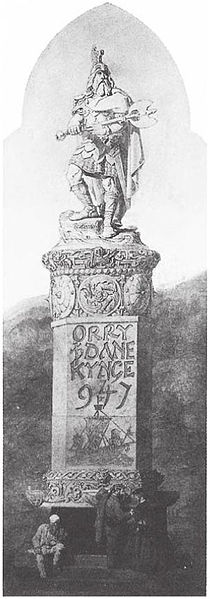History of the Isle of Man
The Isle of Man had become physically separated from Great Britain and Ireland by 6500 BC. It appears that colonisation took place by sea sometime during the Mesolithic era. The island has been visited by various raiders and trading peoples over the years. After being settled by people from Ireland in the first millennium AD, the Isle of Man was converted to Christianity and then suffered raids by Vikings from Norway. After becoming subject to Norwegian suzerainty as part of the Kingdom of Mann and the Isles, the Isle of Man later became a possession of the Scottish and then the English crowns.
Old House of Keys, Castletown
11th century (north is to the right)
James Stanley, 7th Earl of Derby
The scene in Ramsey Bay after the Battle of Bishops Court between the English and French squadrons, enacted off the Manx coast in 1760
Godred Crovan, known in Gaelic as Gofraid Crobán, Gofraid Meránach, and Gofraid Méránach, was a Norse-Gaelic ruler of the kingdoms of Dublin and the Isles. Although his precise parentage has not completely been proven, he was certainly an Uí Ímair dynast, and a descendant of Amlaíb Cúarán, King of Northumbria and Dublin.
Proposed mid-nineteenth-century monument to King Orry, a legendary figure who may be identical to Godred
A depiction of English infantry and Norman cavalry on the eleventh-century Bayeux Tapestry. In the course of his career, Godred appears to have battled both Anglo-Saxon and Anglo-Norman forces. The depicted infantry are shown formed in a shield wall, a tactic employed by the Norwegian-backed forces at Stamford Bridge.
Sky Hill, where Godred is said to have vanquished the Manx once and for all. According to the chronicle, some of his troops hid in the wood surrounding the hill, and his victory was achieved when they ambushed the unsuspecting Manx from the rear.
Image a








